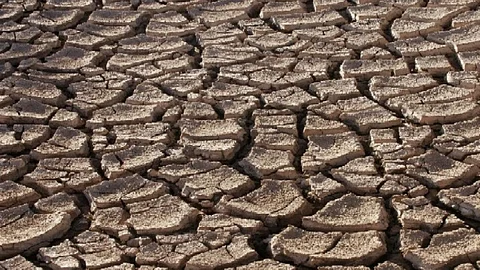
- Topics
- Feature
- Opportunities & Events
- Data
- Hindi Portal
- Topics
- Feature
- Opportunities & Events
- Data
- Hindi Portal

Climate change has been predicted to create increasing risks for the agricultural sector thus inversely affecting agricultural production and farm incomes in India. These risks have already manifested in the form of increasing intensity and extent of droughts, floods, temperature rise and fall, and other calamities in the country.
The paper titled 'Projected effect of droughts on supply, demand, and prices of crops in India' published in the Economic and Political Weekly, informs that India has been experiencing acute changes in rainfall patterns in the last few years. Analysis reveals that the frequency of extreme rainfall has increased over time during the southwest monsoon, which is accompanied by a decreasing trend in smaller rainfall events.
This has had a tremendous impact on agricultural production in India. For example, foodgrain production in 2012 was estimated to be 10 million tonnes short because of deficient and delayed rainfall. There were significant shortfalls in agricultural production due to deficit rainfall in 1998, 2002 and 2009 as well.
The paper argues that the projected increase in droughts and floods in the years to come could result in greater instability in food production and threats to the livelihood security of farmers, especially smallholders.
To meet the future demand for agricultural commodities, it is important to know about past and future climatic trends and assess their implications on agricultural production. The paper presents the findings of a study that attempted to estimate the effect of rainfall on the supply and demand sides of agricultural commodities, and their implications for prices. The study aimed at:
The study found that:
The study concluded that:
Please download a copy of the paper below.